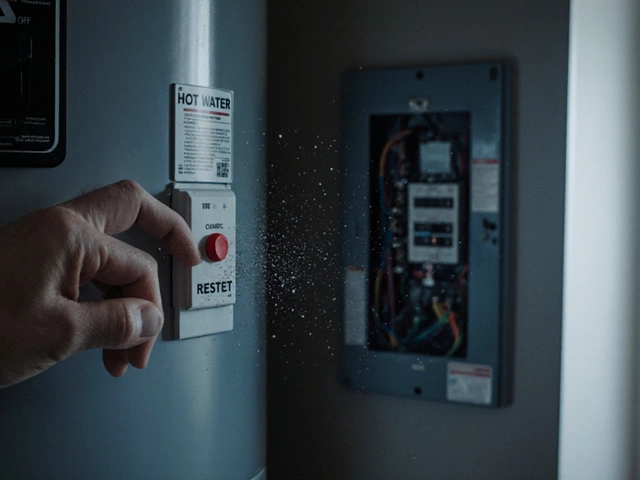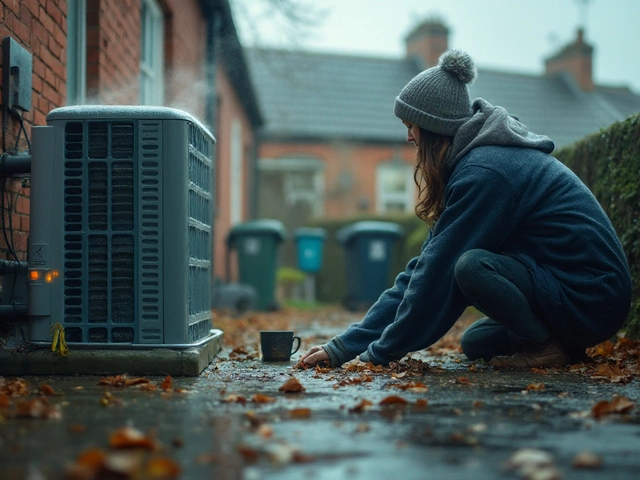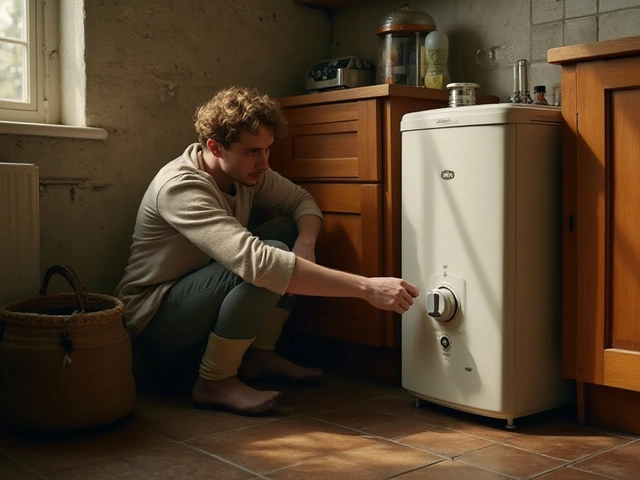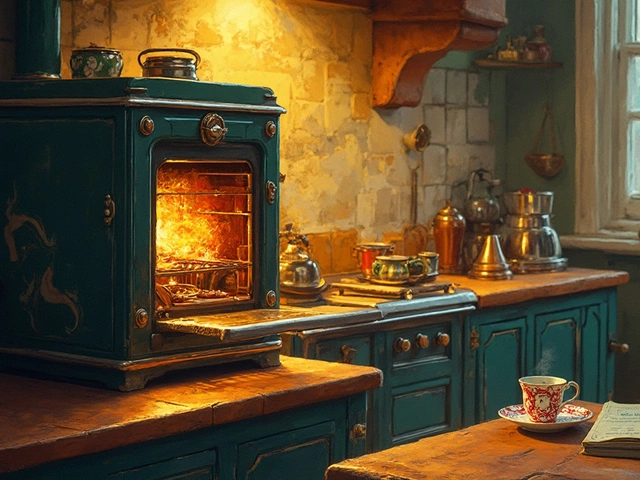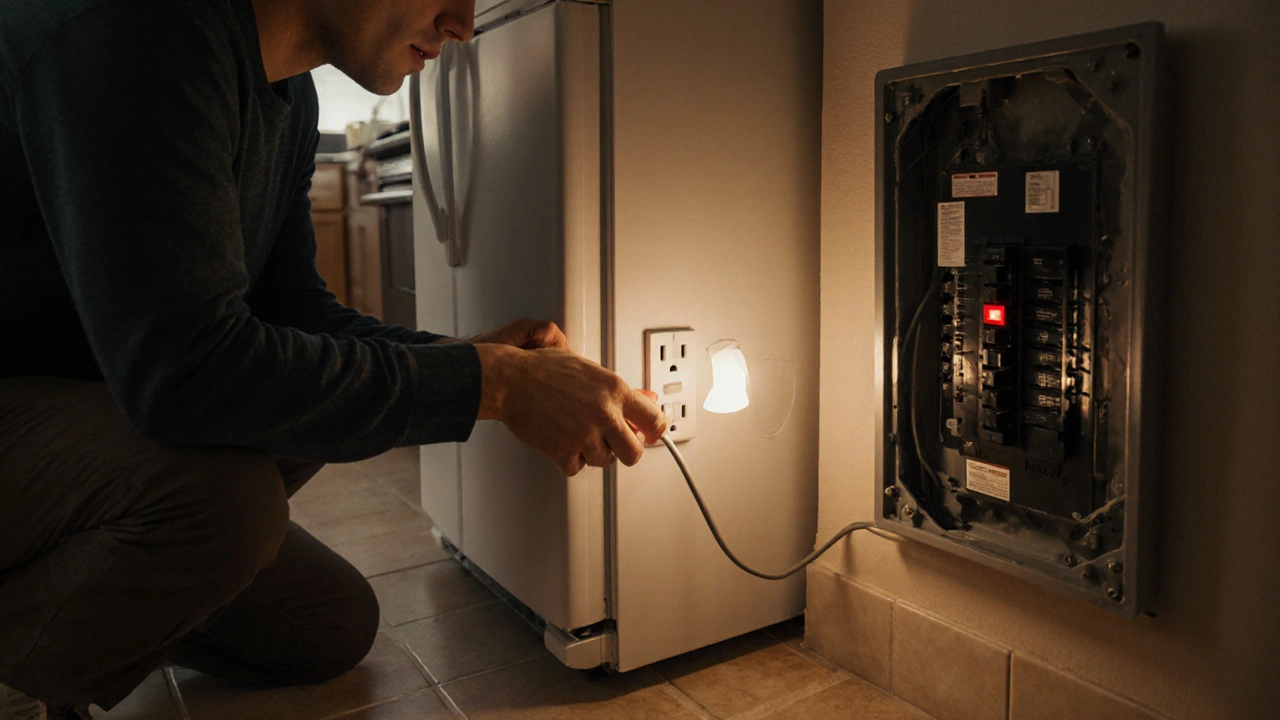Thermostat Reset – How to Fix Temperature Problems
When working with thermostat reset, the act of restoring a thermostat to its factory defaults so it can recalibrate temperature control. Also known as thermostat factory reset, it helps clear wrong settings, frozen codes, or sensor drift that make heating or cooling unreliable. A reset is a simple yet powerful tool because the thermostat is the brain behind any heating system, and a confused brain leads to shaky comfort.
Most homes rely on a thermostat, a sensor‑triggered device that tells a boiler or heat pump when to turn on or off. When that device misbehaves, the boiler may overheat water, the heat pump might run nonstop, and you end up with high bills or no heat. In other words, thermostat reset encompasses resetting the control unit, which in turn restores proper operation of the heating system. The link is clear: a calibrated thermostat leads to efficient boiler performance, and a proper heat‑pump cycle depends on accurate temperature feedback.
Common Reset Methods
Different manufacturers use slightly different buttons, but the core steps are the same: turn off power, hold the reset button for a few seconds, then restore power and let the unit run through its start‑up routine. For digital wall units, you usually press and hold the “Menu” or “Reset” key for 5‑10 seconds. On older analog models, a simple power‑cycle—switching the breaker off for a minute—does the trick. Always check the user manual first; some smart thermostats require a dedicated app reset, which clears stored schedules and Wi‑Fi credentials.
After the reset, you’ll want to verify two things: the display shows the default temperature range (usually 16‑26 °C) and the system responds when you adjust the set point. If the boiler or heat pump still ignores the new settings, the issue may lie with the sensor wiring or a deeper control board fault. In that case, a professional inspection is the safest route.
Beyond the basic reset, regular maintenance can prevent the need for emergency fixes. Cleaning dusty vents, checking battery backup, and updating firmware on smart thermostats all keep the temperature feedback loop healthy. For homeowners with a combined hot‑water system, remember that the water heater’s thermostat often shares the same control panel; a reset there can restore hot‑water flow after a power outage.
Now that you know why a thermostat reset matters, how it ties into boilers and heat pumps, and the practical steps to perform it, you’re ready to tackle any temperature glitch. Below you’ll find a curated collection of articles that dive deeper into specific appliances, troubleshooting tips, and when to call a pro—so you can keep every room at the right comfort level without guesswork.
